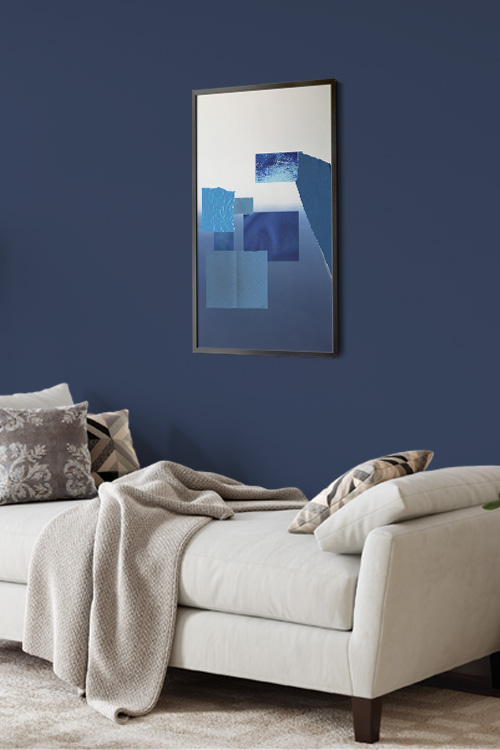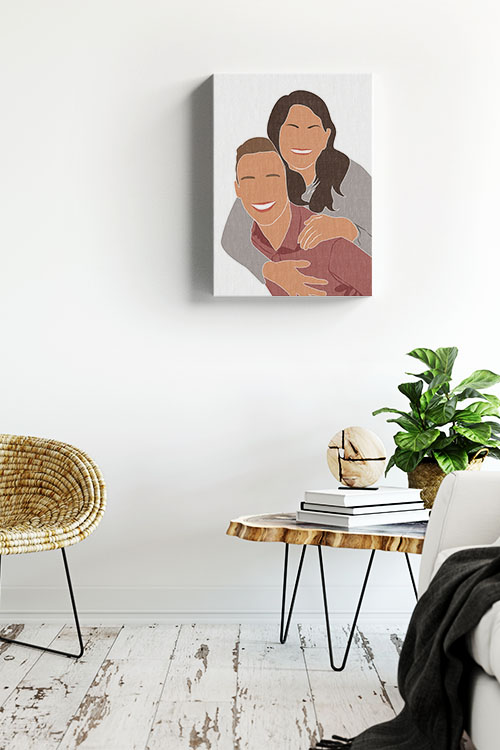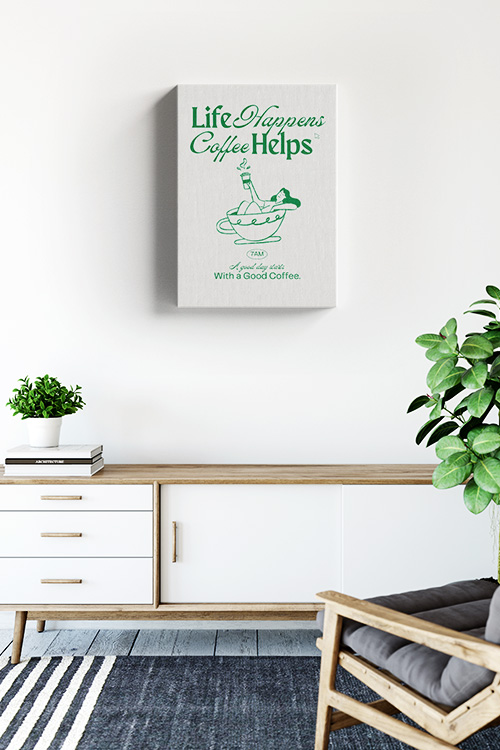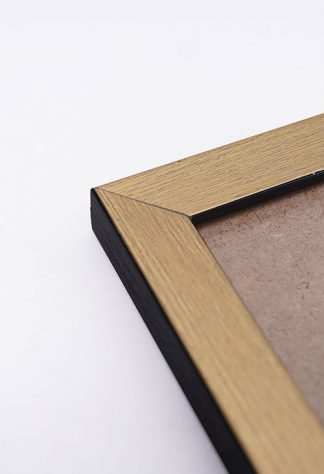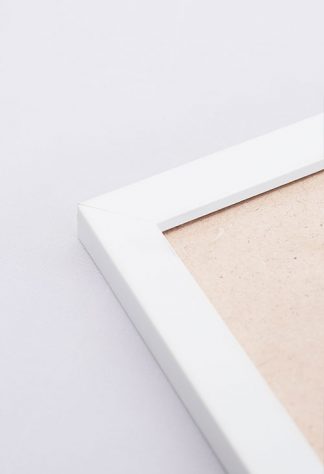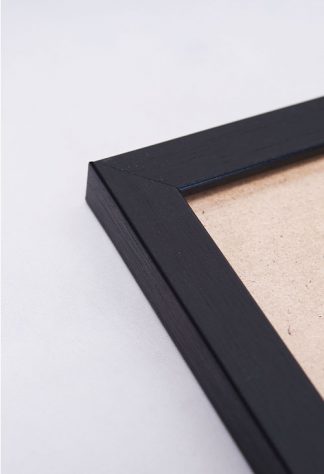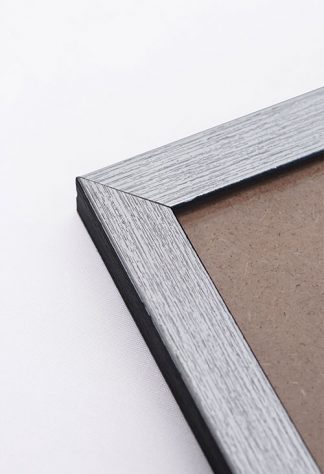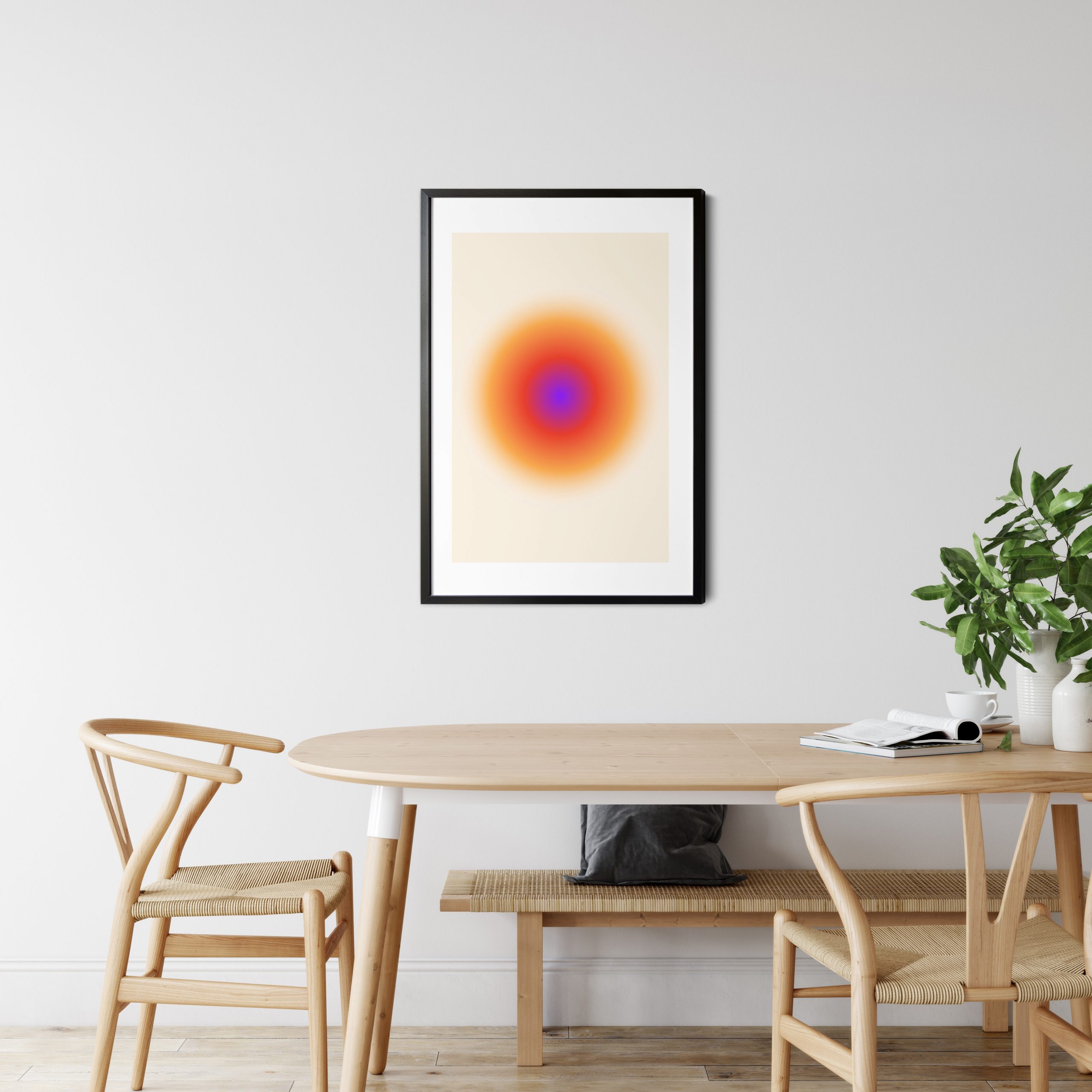
Natural light is not just a design element; it’s a transformative force in home design. It has the power to make a space look bigger and more inviting and can significantly enhance your mood, improve your health, and reduce your reliance on artificial lighting. Whether designing a new home or updating your current space, harnessing the potential of natural light can bring about a remarkable change.
Why Natural Light Matters
Sunlight is not just about aesthetics; it’s about your well-being. It profoundly impacts the look and feel of your home, making a well-lit room feel warmer, more open, and more welcoming. But beyond that, natural light offers a range of health benefits such as improving sleep patterns, increasing vitamin D levels, and boosting mental clarity. Homes that make the most of natural light can also be more energy-efficient, reducing daily electricity usage.
Maximize Window Placement
Strategic window placement is the most effective way to bring natural light into your home. Large, unobstructed windows typically provide the most consistent natural light. Skylights and clerestory windows are excellent options for rooms without exterior walls or limited vertical space.
Use Light-Reflecting Surfaces
Use materials and finishes that reflect rather than absorb to make the most of available light. Light-colored walls, ceilings, and floors can bounce daylight deeper into a room. Mirrors are another powerful tool; placing one opposite a window can amplify the light and visually expand the space.
Choose the Right Window Treatments
Sheer curtains, light-filtering shades, or adjustable blinds let you control the amount of light without blocking it completely. Avoid heavy, dark drapes in rooms where you want to encourage brightness. For privacy without sacrificing daylight, consider frosted glass or translucent window films.
Keep Windows Clean and Clear
Don’t let dust, dirt, or smudges block your natural light. Regularly cleaning your windows inside and out is essential to ensure you’re letting in as much daylight as possible. Also, be mindful of placing bulky furniture or decor in front of windows, as they obstruct sunlight.
Bring Light to Every Room
Even interior spaces can benefit from natural light. Use glass doors or open layouts to help light flow from room to room. If natural light is limited, combine it with warm-toned artificial lighting to mimic its effects.
In a Nutshell
Natural light is more than just a design feature–it’s a lifestyle choice that supports wellness, comfort, and sustainability. Making it a priority in your home creates a healthier environment for everyday living.
